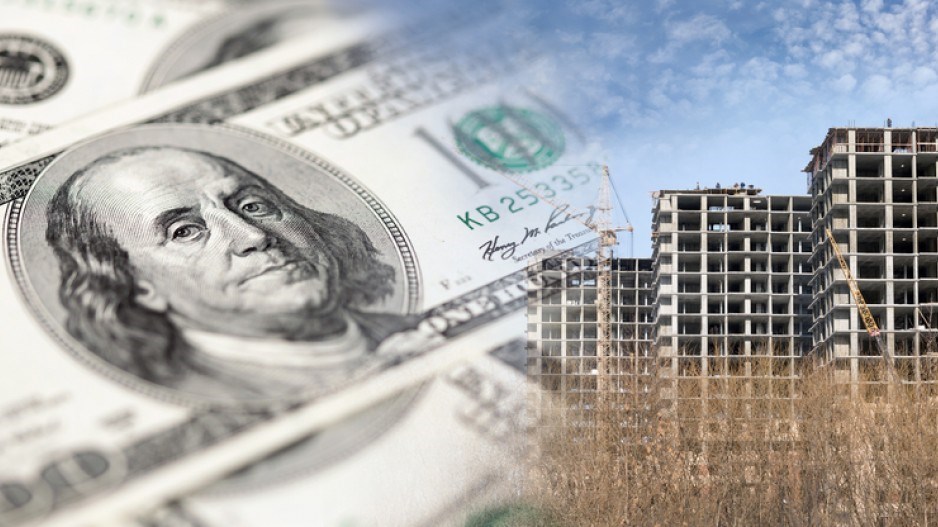While last week’s federal budget earmarked half a million dollars to study foreign real estate buyers, a private survey of offshore commercial investors has put some hard numbers on the table.
Investors from China accounted for a 42% share of investments in Canadian commercial real estate in 2015’s second half, up from 5% in the same period a year earlier, according to Colliers International, but U.S. buyers remain the dominant players.
The Colliers All Signs Point North report states that total foreign investment reached $1.4 billion in Canadian commercial real estate in the second half of last year, up from $574 million in 2014’s second half, a 143% increase. The report found that U.S. investors made up 48% of foreign buyers, up from 27% in the same period a year earlier; 10% came from Europe, down from a 15% share in 2014.
Citing Real Capital Analytics research, Colliers claims that foreigners bought $588 million in Vancouver commercial real estate in 2015’s last six months, accounting for 42% of foreign investments in real estate in Canada.
This could be much higher: in a deal announced in February, but that may have closed earlier, Beijing-based Anbang Insurance Group Co. Ltd. paid an estimated $1 billion for a 66% stake in four Bentall office towers in downtown Vancouver.
Anbang would prove the exception to the profile of B.C. commercial real estate investors, which is overwhelmingly made up of private investors, both domestic and foreign, according to an investment review by Avison Young, released last week.
Private investors accounted for 88% of total commercial deals in B.C. valued in excess of $5 million last year, and their spending, at $1.4 billion, accounted for 69% of the total dollar volume, Avision Young reports.
“Institutional investors and REITs [real estate investment trusts] remained largely sidelined,” the report found.
Both Colliers and Avison Young forecast a continued rise in foreign investment in Canadian real estate this year, particularly in the multi-family sector.
“The low loonie has attracted interest from foreign investors who are looking to enter the Canadian market while there is a cost advantage,” Colliers noted.
The commercial broker added that Canada is ranked No.1 in having the “soundest banking system out of 144 global economies” by the World Economic Forum. •





